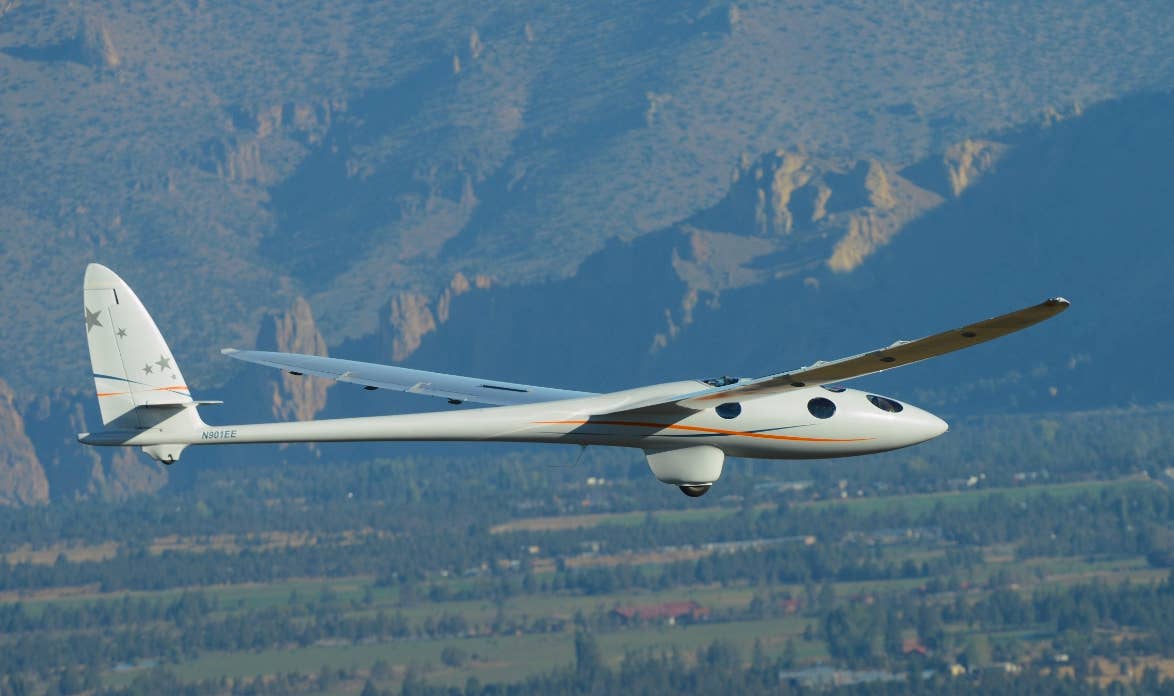
The Perlan team plans to reach at least 90,000 feet in the Perlan 2 research glider. Airbus Group
Before aviator and businessman-explorer Steve Fossett died in 2007, the Perlan I stratospheric glider’s record flight above 50,000 convinced him and his partners, NASA test pilot Einar Enevoldson and meteorologist Elizabeth Austin, that higher altitudes were certainly possible. In the next month or so, the pressurized Perlan 2 plans to make the team’s dream of a flight to at least 90,000 feet a reality, so long as Mother Nature and the aircraft’s specialized onboard equipment all cooperate. Here are a few details.
The 1,100-pound Perlan 2 research glider, now sponsored by Airbus Group, plans to launch from about 9,000 feet above El Calafate Airport in southern Argentina with a traditional tow by a powered aircraft. It’s here that, typically in August and September, powerful stratospheric mountain waves form, offering the natural push the aircraft will need to reach 90,000 feet.
These waves are created by strong winds running perpendicular to the Andes mountain range, where peaks themselves can reach 23,000 feet. Weather experts say the mountain waves can become powerful enough to push the Perlan 2 to altitudes as high as 130,000 feet, more than enough to capture an International Gliding Commission (IGC) record.
In order to capture the IGC record however, the Perlan 2 will need to prove it actually reached 90,000 feet, an achievement that will be confirmed by an onboard LXNav, LX-9000 high-altitude flight recorder. At the flight’s completion, the flight recorder’s memory will be downloaded for verification by ICG judges. Just in case something does go haywire on the flight, the Perlan 2’s crew will be carrying an iPad as their backup.

Sign-up for newsletters & special offers!
Get the latest FLYING stories & special offers delivered directly to your inbox






